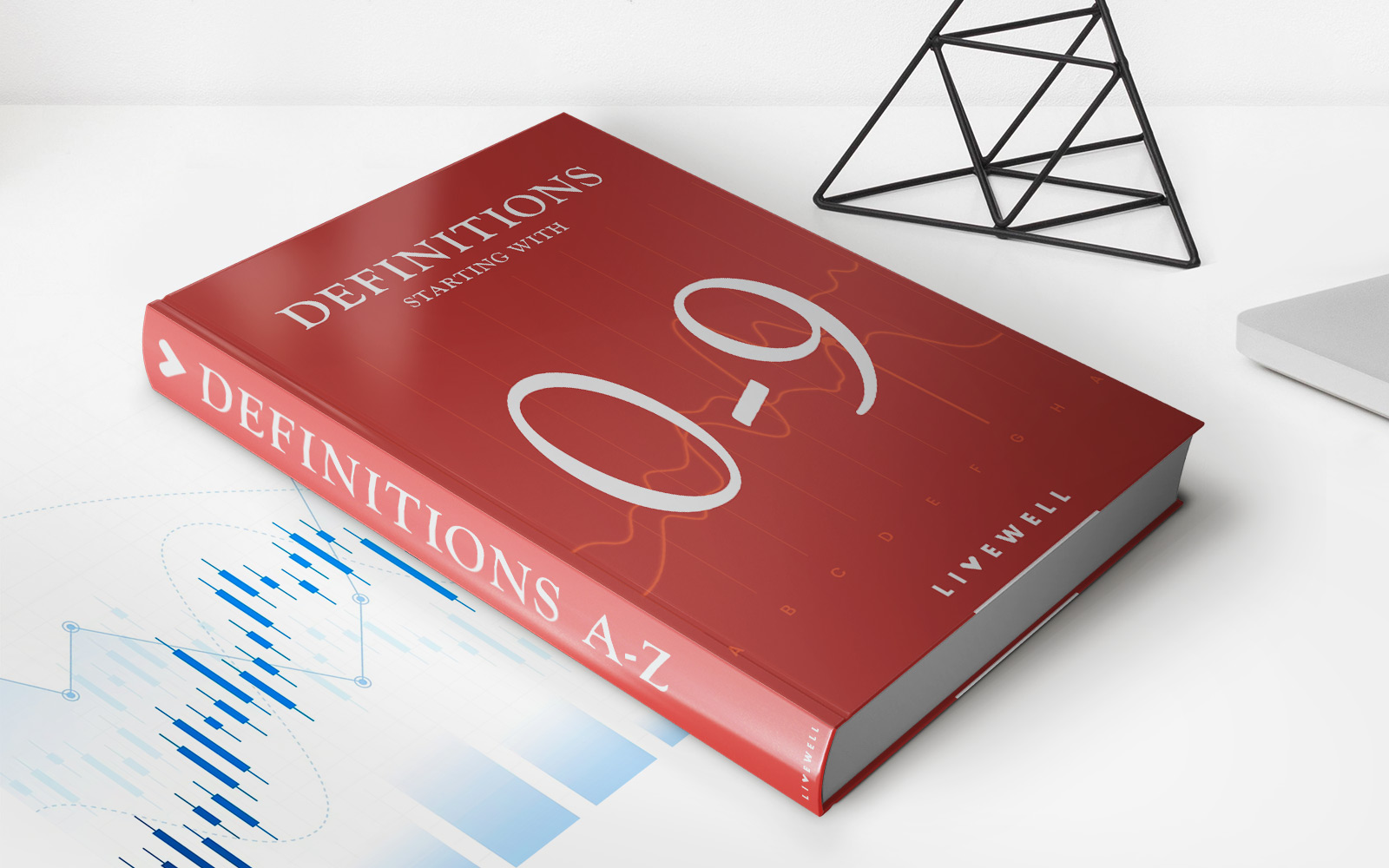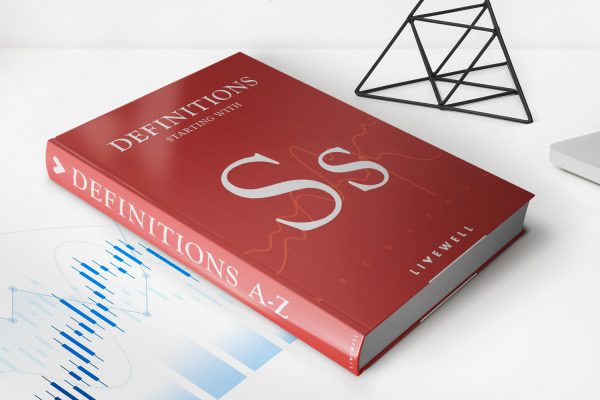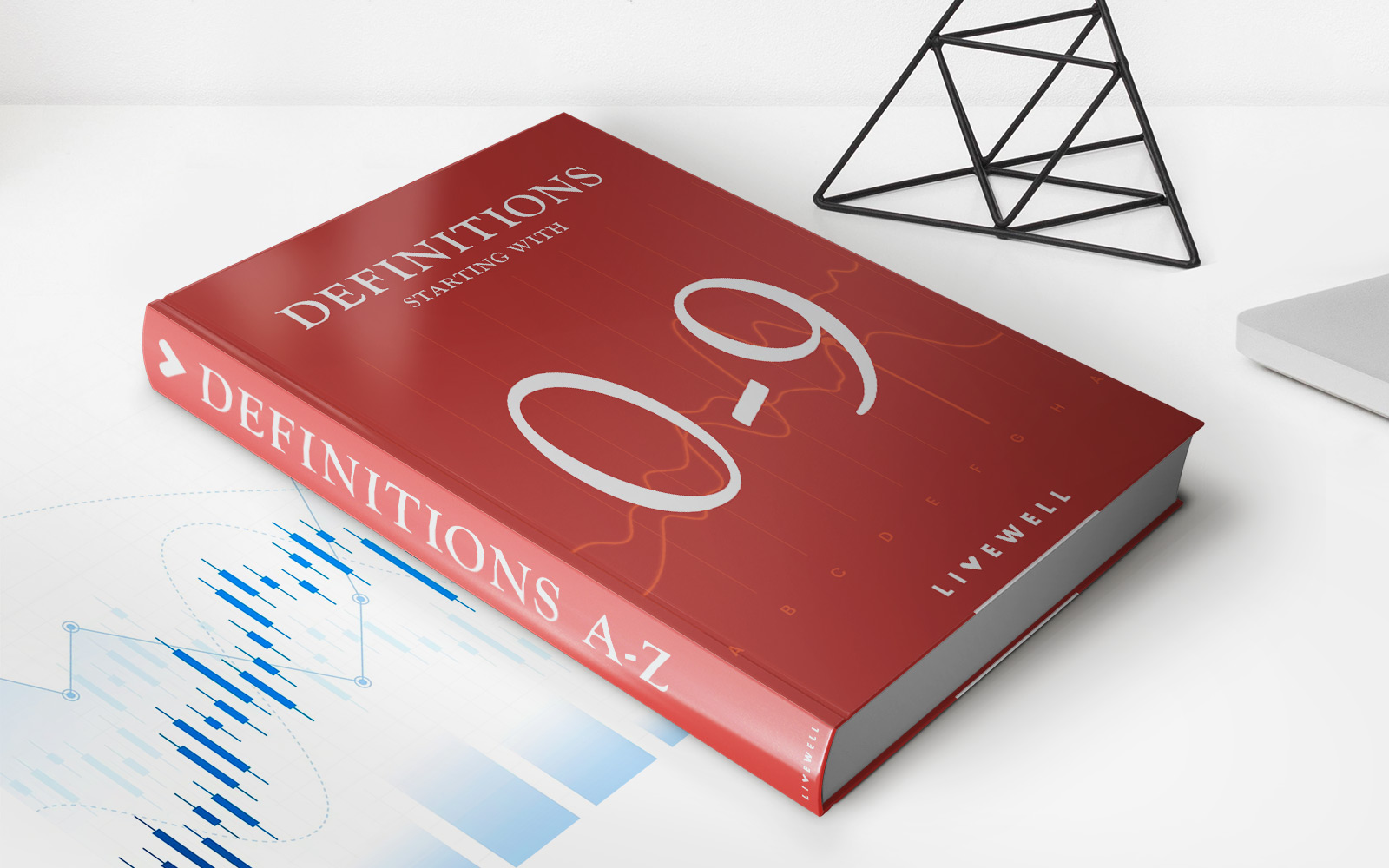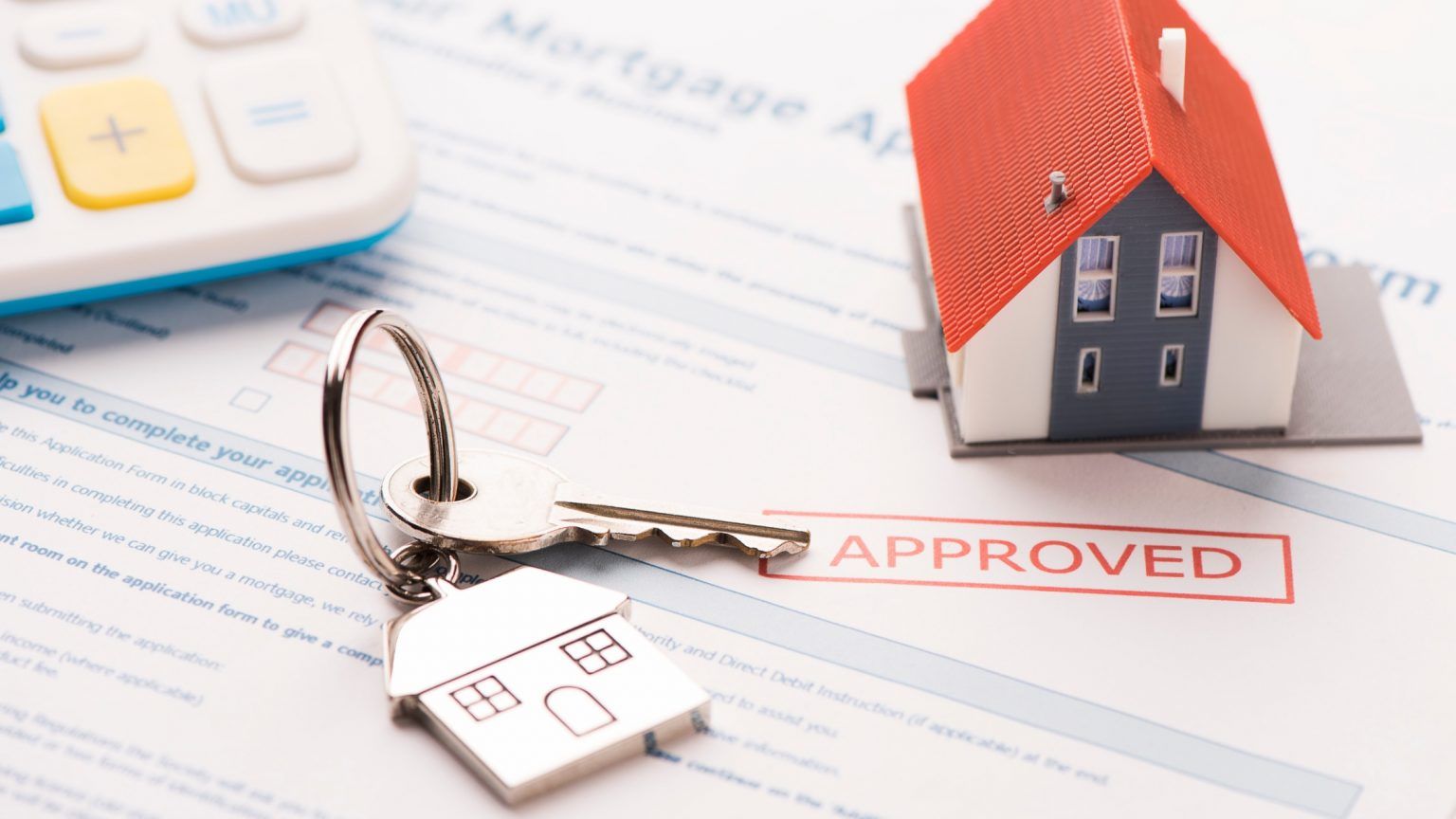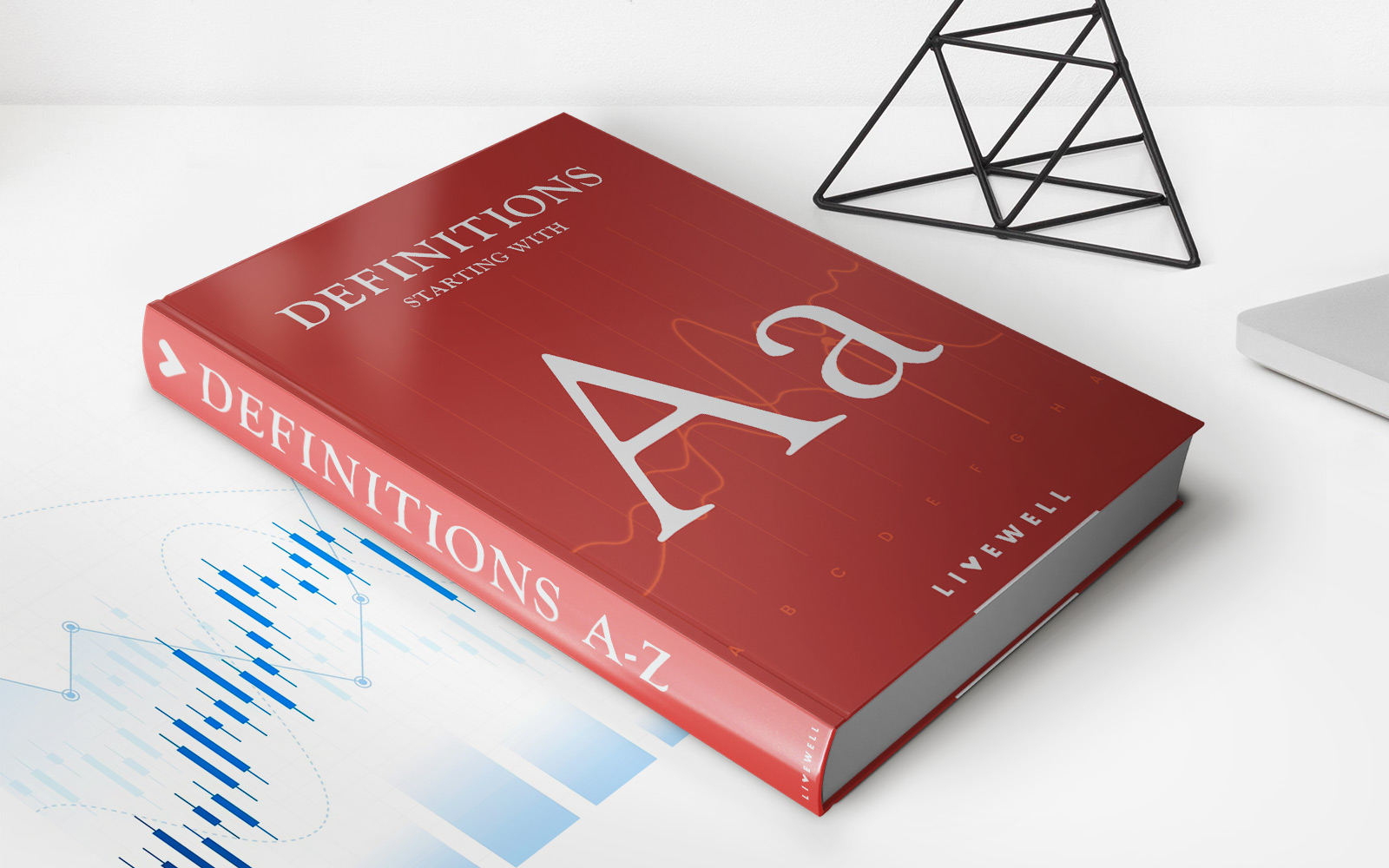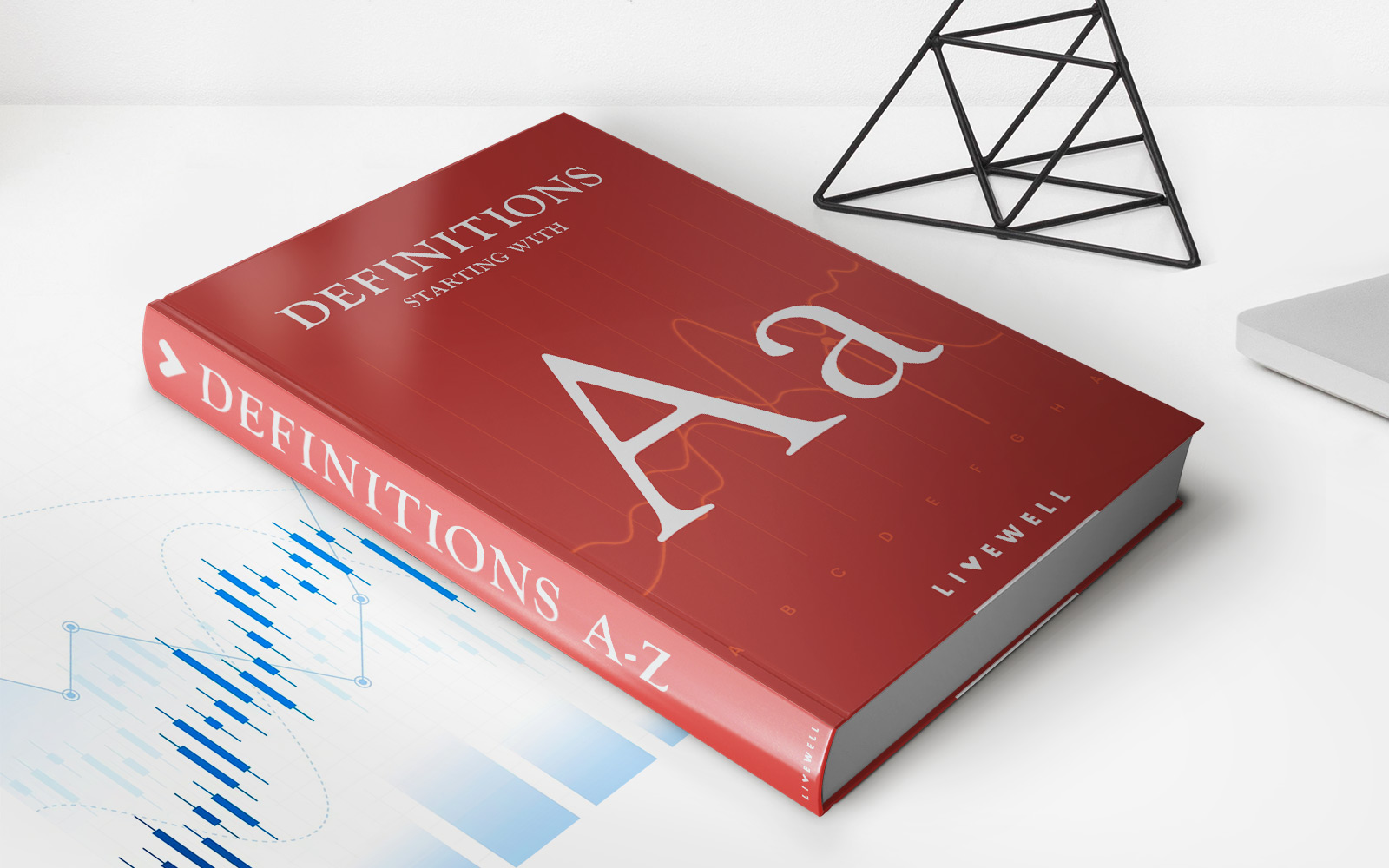

Finance
What Is A 5/1 Arm Mortgage Loan
Modified: December 30, 2023
Looking for flexible financing? Discover the benefits of a 5/1 ARM mortgage loan - a popular choice in the world of finance.
(Many of the links in this article redirect to a specific reviewed product. Your purchase of these products through affiliate links helps to generate commission for LiveWell, at no extra cost. Learn more)
Table of Contents
Introduction
When it comes to financing a home, there are numerous mortgage options available, each with its own unique features and benefits. One such option is a 5/1 ARM mortgage loan, which has gained popularity among homeowners in recent years.
Understanding how a 5/1 ARM works and its advantages and disadvantages can empower borrowers to make informed decisions about their home financing. So, if you’re considering a mortgage loan or just curious about different options, this article will provide you with a comprehensive guide to the 5/1 ARM mortgage loan.
A 5/1 ARM, or adjustable rate mortgage, is a mortgage loan that consists of two components: a fixed interest rate period of five years, followed by an adjustable rate period for the remaining 25 years. During the initial fixed rate period, the interest rate remains unchanged, providing stability for borrowers. However, once the initial period expires, the interest rate adjusts periodically based on a predetermined index.
The purpose of this article is to delve deeper into the mechanics of a 5/1 ARM, highlighting its benefits and potential drawbacks. Additionally, we will explore the factors that borrowers should consider before opting for a 5/1 ARM mortgage loan. By the end of this guide, you will have a clearer understanding of whether a 5/1 ARM is the right choice for your homeownership goals.
Now, let’s dive into the specifics of how a 5/1 ARM mortgage loan works and evaluate its pros and cons.
Understanding Adjustable Rate Mortgages (ARMs)
Before delving into the details of a 5/1 ARM mortgage loan, it is essential to understand the concept of adjustable rate mortgages (ARMs) in general. An ARM is a type of mortgage loan that offers an initial fixed interest rate for a predetermined period before transitioning to an adjustable rate.
The primary difference between an ARM and a conventional fixed-rate mortgage is that the interest rate of an ARM fluctuates over time, whereas a fixed-rate mortgage has a constant interest rate throughout the loan term. The adjustment of the interest rate in an ARM is tied to an index, typically the U.S. Treasury bill rate or the London Interbank Offered Rate (LIBOR).
The initial fixed-rate period of an ARM can vary, with popular options being 3/1, 5/1, 7/1, or 10/1. The numbers in these notations represent the length of the fixed-rate period, while the final number indicates how frequently the rate is adjusted after the initial period.
During the fixed-rate period, borrowers benefit from a stable and predictable monthly payment. However, once the fixed-rate period ends, the interest rate adjusts at predetermined intervals, typically annually. The adjustment is determined by adding a margin, set by the lender, to the current index value.
ARMs are attractive to borrowers who expect their income to increase or plan to sell their homes before the fixed-rate period ends. These mortgages often come with an initial interest rate lower than that of a fixed-rate mortgage, giving borrowers an opportunity to save money in the short term.
It is important to note that ARMs carry a degree of risk as the interest rate can rise significantly during the adjustable period. If interest rates increase substantially, borrowers may experience a higher monthly payment, potentially straining their budget.
Now that we have a basic understanding of ARMs, let’s dive into the specifics of a 5/1 ARM mortgage loan and how it operates.
What is a 5/1 ARM Mortgage Loan?
A 5/1 ARM mortgage loan is a specific type of adjustable-rate mortgage (ARM) that has a fixed interest rate for the first five years of the loan term, after which the rate adjusts annually based on a predetermined index and margin. The “5/1” in the term refers to the initial fixed-rate period and the frequency of rate adjustments.
During the initial five-year period, borrowers enjoy the stability of a fixed monthly payment, which is determined based on the interest rate at the time of closing. This means that regardless of how interest rates fluctuate in the market, the borrower’s mortgage payment remains the same. This can be beneficial for budgeting purposes, especially during the first few years of homeownership.
However, once the initial fixed-rate period ends, the interest rate on a 5/1 ARM mortgage loan starts to adjust based on the performance of a specific index, such as the U.S. Treasury bill rate or LIBOR. The adjustment occurs annually, meaning that every year after the first five years, the borrower’s interest rate and monthly payment can change.
The adjustment is determined by adding a margin, which is predetermined by the lender, to the current index value. The margin remains constant over the duration of the loan, while the index can fluctuate based on market conditions.
It is important to note that the adjustment of the interest rate on a 5/1 ARM mortgage loan is subject to certain limitations known as “caps.” These caps restrict how much the interest rate can increase or decrease in a given adjustment period and over the life of the loan. Common caps include an initial cap, periodic cap, and lifetime cap.
Overall, a 5/1 ARM mortgage loan offers borrowers an initial fixed-rate period, followed by adjustable rates for the remaining loan term. This structure allows borrowers to benefit from potential interest rate savings during the initial years, but it also introduces the potential for increased monthly payments in the future.
In the next section, we will explore how the adjustment process works and its implications for borrowers with a 5/1 ARM mortgage loan.
How Does a 5/1 ARM Work?
Understanding how a 5/1 ARM (5-year adjustable rate mortgage) works is crucial for borrowers considering this type of loan. The key feature of a 5/1 ARM is the combination of the initial fixed-rate period followed by adjustable rates for the remaining loan term. Let’s take a closer look at how this structure operates:
- Fixed Rate Period: During the initial five years, the interest rate on a 5/1 ARM remains unchanged. This fixed-rate period provides stability for homeowners, as their mortgage payments remain constant. The interest rate is determined at the beginning of the loan term and reflects prevailing market rates.
- Adjustable Rate Period: Once the initial fixed-rate period ends, the interest rate on a 5/1 ARM mortgage loan adjusts annually. The rate adjustment is based on a predetermined index, such as the U.S. Treasury bill rate or LIBOR, and a margin set by the lender. The margin remains constant throughout the loan term, while the index can fluctuate based on market conditions.
- Rate Adjustment Period: The adjustment of the interest rate occurs annually after the initial fixed-rate period. For example, if the fixed rate period ends in year five, the first adjustment takes place in year six. During the adjustment, the lender recalculates the interest rate based on the current index value and adds the margin to determine the new rate.
- Caps: To protect borrowers from excessive rate increases, 5/1 ARM mortgage loans typically have caps in place. These caps limit how much the interest rate can change within a particular adjustment period and over the life of the loan. For example, a common cap structure is a 1% annual adjustment cap and a 5% lifetime adjustment cap. This means that the interest rate cannot increase or decrease by more than 1% per year and 5% over the entire loan term.
- Index and Margin: The index and margin are crucial components that determine the interest rate adjustment on a 5/1 ARM. The index represents the benchmark interest rate, while the margin is the additional percentage added to the index to calculate the new rate. These factors can vary among lenders, so it’s essential to understand which index is used and the specific margin applied to your loan.
It’s important for borrowers to be aware that the interest rate on a 5/1 ARM mortgage loan has the potential to increase significantly during the adjustable rate period. Before committing to a 5/1 ARM, borrowers should carefully consider their financial circumstances, long-term plans, and risk tolerance.
In the next section, we will explore the pros and cons of a 5/1 ARM mortgage loan to help you evaluate if it is the right fit for your homeownership goals.
Pros and Cons of a 5/1 ARM Mortgage Loan
Like any financial product, a 5/1 ARM (5-year adjustable rate mortgage) comes with both advantages and disadvantages. Understanding the pros and cons can help borrowers make an informed decision about whether a 5/1 ARM mortgage loan is suitable for their needs. Let’s explore the benefits and drawbacks of this type of loan:
Pros:
- Lower Initial Rate: One of the primary advantages of a 5/1 ARM is the lower initial interest rate compared to a fixed-rate mortgage. This can result in lower monthly mortgage payments during the fixed-rate period, allowing borrowers to save money in the short term.
- Flexibility: If you plan to sell your home or refinance before the adjustable rate period starts, a 5/1 ARM can provide flexibility and potentially save you money. You can benefit from the lower initial rate while avoiding the risk of rising interest rates in the future.
- Chance for Rate Decrease: While there is a risk of the interest rate increasing during the adjustable rate period, there is also a chance for it to decrease. If market conditions favor lower interest rates, borrowers could enjoy lower monthly payments and save money in the long run.
Cons:
- Potential for Rate Increase: The main disadvantage of a 5/1 ARM mortgage loan is the uncertainty surrounding the interest rate after the fixed-rate period ends. If interest rates rise significantly, borrowers may experience higher monthly payments, potentially straining their budget.
- Financial Risk: The adjustable rate period introduces an element of financial risk. Borrowers need to carefully consider their ability to handle potential rate increases and fluctuating monthly payments. A sudden increase in rates could lead to financial stress and difficulty in making timely mortgage payments.
- Unpredictable Future: The long-term stability of monthly payments is compromised with a 5/1 ARM. If you plan to stay in your home beyond the fixed-rate period, it’s important to evaluate different scenarios and assess your ability to handle potential rate adjustments in the future.
Ultimately, the decision to opt for a 5/1 ARM mortgage loan depends on your specific financial situation, future plans, and risk tolerance. If you are comfortable with potential rate adjustments and prioritize short-term savings, a 5/1 ARM may be a suitable choice. However, if stability and predictability are more important to you, a fixed-rate mortgage might be a better fit.
In the next section, we will explore the factors that borrowers should consider before choosing a 5/1 ARM mortgage loan.
Factors to Consider Before Choosing a 5/1 ARM
Before deciding on a 5/1 ARM (5-year adjustable rate mortgage) as your home financing option, it’s important to consider several factors that can impact your financial situation and homeownership goals. Evaluating these factors will help you determine if a 5/1 ARM mortgage loan is the right fit for you. Let’s explore the key considerations:
1. Financial Stability and Risk Tolerance:
Assess your financial stability and ability to handle potential changes in monthly payments. Consider your income stability, job security, and any upcoming changes to your financial circumstances. Additionally, evaluate your risk tolerance and determine if you are comfortable with potential rate increases during the adjustable rate period.
2. Future Plans:
Consider your future plans regarding the property. If you plan to sell or refinance the home before the adjustable rate period begins, a 5/1 ARM may provide short-term savings without the concern of long-term rate adjustments. However, if you plan to stay in the home beyond the initial fixed-rate period, carefully evaluate if you can manage potential rate increases in the future.
3. Market Conditions:
Take into account the current and projected market conditions. Research and monitor interest rate trends to gauge the likelihood of rate increases or decreases during the adjustable rate period. Understanding market conditions can help you make an informed decision about the potential risks and rewards of a 5/1 ARM.
4. Caps and Index/Margin:
Review the caps associated with the 5/1 ARM mortgage loan you are considering. Caps place limitations on how much the interest rate can adjust over a specific period and the lifetime of the loan. Additionally, understand the index and margin used to calculate future interest rate adjustments. Different indexes and margins can have varying levels of volatility, which can impact the potential rate changes.
5. Mortgage Duration and Goals:
Consider the length of time you plan to stay in the home and your long-term homeownership goals. If you anticipate moving or refinancing before the adjustable rate period begins, a 5/1 ARM can provide short-term savings. However, if you plan to stay in the home for an extended period, a fixed-rate mortgage might provide the stability and peace of mind you desire.
By carefully considering these factors, you can make an informed decision about whether a 5/1 ARM mortgage loan aligns with your financial goals and risk tolerance. Remember to consult with a trusted mortgage professional who can provide personalized guidance based on your specific circumstances.
In the next section, we will conclude our guide and provide a final verdict on whether a 5/1 ARM mortgage loan is right for you.
Is a 5/1 ARM Right for You?
Deciding whether a 5/1 ARM (5-year adjustable rate mortgage) is the right choice for you depends on various factors and your individual circumstances. Let’s recap the key points and considerations discussed in this guide to help you make an informed decision:
Advantages of a 5/1 ARM:
A 5/1 ARM can be beneficial if:
- You plan to sell or refinance before the adjustable rate period begins.
- You want to take advantage of lower initial interest rates and potential short-term savings.
- You have a high risk tolerance and can handle potential rate increases in the future.
Disadvantages of a 5/1 ARM:
A 5/1 ARM may not be suitable if:
- You plan to stay in the home beyond the initial fixed-rate period and are concerned about potential rate increases.
- You prioritize long-term stability and predictable monthly payments.
- You have a low risk tolerance and want to avoid potential financial stress associated with fluctuating monthly payments.
Key Factors to Consider:
Before choosing a 5/1 ARM, consider:
- Your financial stability and ability to handle potential rate adjustments.
- Your future plans regarding the property and how long you plan to stay in the home.
- The current and projected market conditions, including interest rate trends.
- The caps associated with the loan and the index/margin used for rate adjustments.
- Your overall mortgage duration and long-term homeownership goals.
It’s crucial to carefully evaluate these factors and consult with a mortgage professional to ensure that a 5/1 ARM aligns with your financial goals and risk tolerance. They can provide personalized guidance and help you assess the potential benefits and drawbacks based on your specific situation.
Remember, there is no one-size-fits-all answer when it comes to mortgage options. Every individual’s circumstances and priorities are unique. By considering the information provided in this guide and seeking expert advice, you can make an informed decision about whether a 5/1 ARM mortgage loan is right for you.
Ultimately, the choice between a 5/1 ARM and other mortgage options depends on your comfort level with potential rate adjustments, your future plans, and your overall financial objectives. Take the time to weigh the pros and cons, and make a decision that aligns with your long-term homeownership goals.
We hope this guide has provided you with a comprehensive understanding of 5/1 ARM mortgage loans. Best of luck in your decision-making process!
Please feel free to reach out with any further questions or concerns you may have.
Conclusion
Choosing the right mortgage loan is a critical decision for homeowners, and a 5/1 ARM (5-year adjustable rate mortgage) is one option worth considering. While it offers an initial fixed rate and the potential for short-term savings, it also comes with the risk of rate increases in the future. Understanding your specific financial circumstances and future plans is crucial in determining if a 5/1 ARM is the right choice for you.
Throughout this guide, we’ve explored the fundamentals of a 5/1 ARM, including how it works, its pros and cons, factors to consider before choosing one, and whether it aligns with your homeownership goals.
Ultimately, the decision to opt for a 5/1 ARM depends on various factors, such as your risk tolerance, ability to handle potential rate increases, and the duration of your stay in the home. By carefully evaluating these considerations and seeking expert advice, you can make an informed decision.
Whether you choose a 5/1 ARM or another type of mortgage loan, it is crucial to review and compare different options, consider your long-term goals, and ensure the monthly payments are within your budget. Consult with mortgage professionals who can provide personalized guidance based on your specific situation.
Remember, homeownership is a significant financial commitment, and choosing the right mortgage loan can have long-term implications. Take your time, weigh the pros and cons, and make a decision that aligns with your financial goals and risk tolerance.
We hope that this guide has provided valuable insights into the world of 5/1 ARM mortgage loans. If you have any further questions or need assistance, do not hesitate to reach out to a qualified mortgage professional who can provide tailored advice.
Good luck in your homeownership journey!


